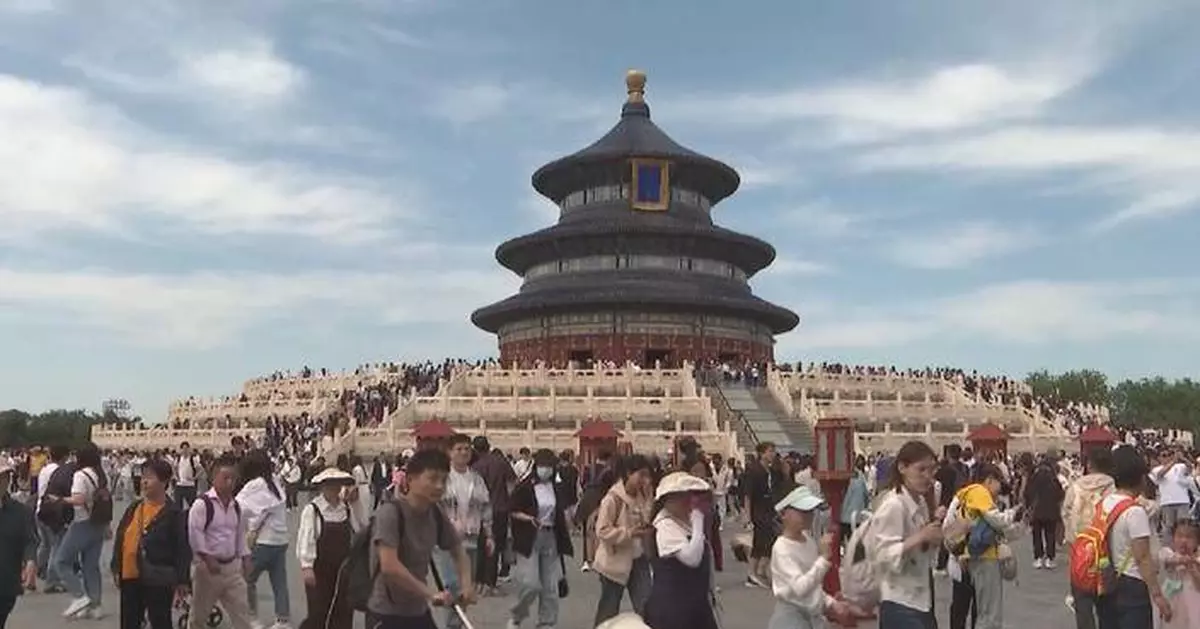China saw a significant surge in domestic travel in 2024, with a total of 5.615 billion trips recorded, representing a 14.8 percent increase from the previous year, as reported by the Ministry of Culture and Tourism on Wednesday.
Domestic travelers in China spent a record-breaking 5.75 trillion yuan (about 790 billion U.S. dollars) during the year, up by 17.1 percent from 2023, the ministry said.
Click to Gallery
China's domestic travel market sees strong growth in 2024
China's domestic travel market sees strong growth in 2024
China's domestic travel market sees strong growth in 2024
China's domestic travel market sees strong growth in 2024
China's domestic travel market sees strong growth in 2024
According to the quarterly breakdown of domestic tourism data, the first quarter saw a remarkable 16.7 percent surge in travel, with 1.419 billion trips recorded. The second quarter followed with 1.306 billion trips, representing a year-on-year increase of 11.8 percent. The third quarter experienced another surge, with 1.512 billion trips, a growth of 17.2 percent compared to the same period last year. The fourth quarter concluded with 1.378 billion trips, a 13.2 percent increase from the previous year.
Urban residents made up the majority of domestic trips, with 4.370 billion trips taken, reflecting a robust 16.3-percent growth compared to 2023. Rural residents recorded 1.245 billion trips, showing a more moderate but still positive growth of 9.9 percent.
Accordingly on the expenditure front, urban residents were the primary drivers of domestic tourism, contributing 4.93 trillion yuan, an 18.0-percent increase year on year. Meanwhile, rural residents spent 830 billion yuan, reflecting a growth of 12.2 percent.
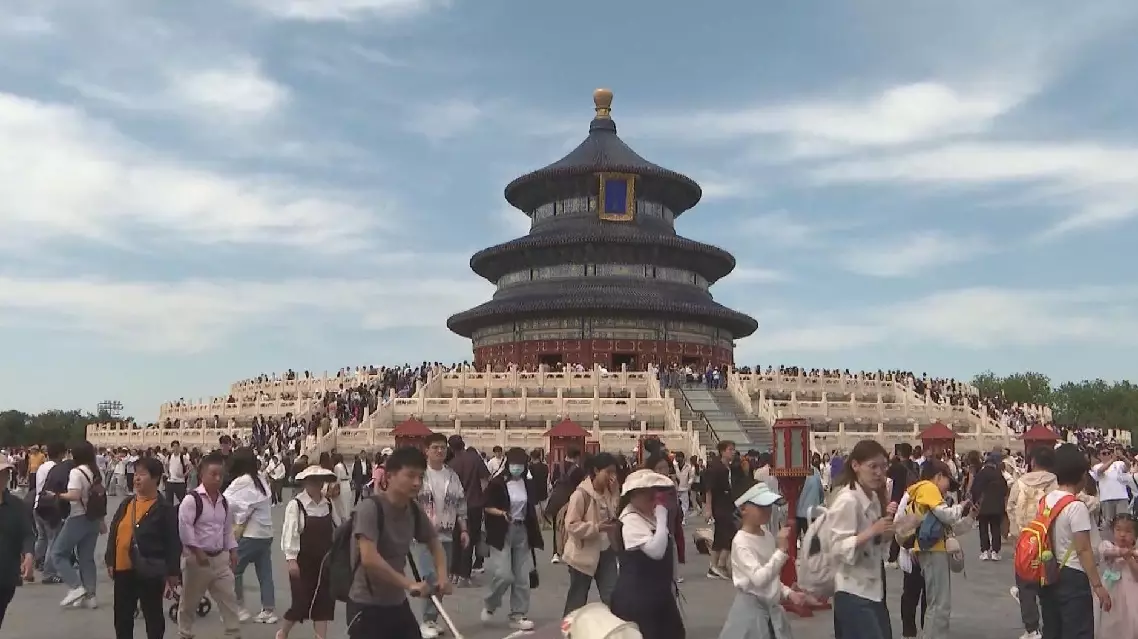
China's domestic travel market sees strong growth in 2024
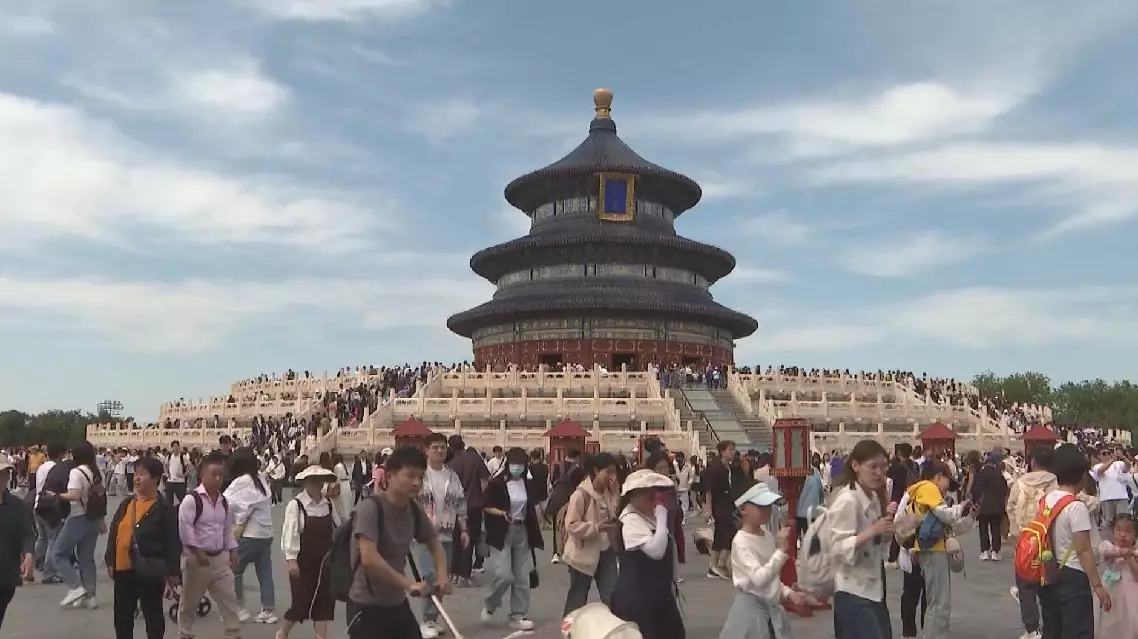
China's domestic travel market sees strong growth in 2024
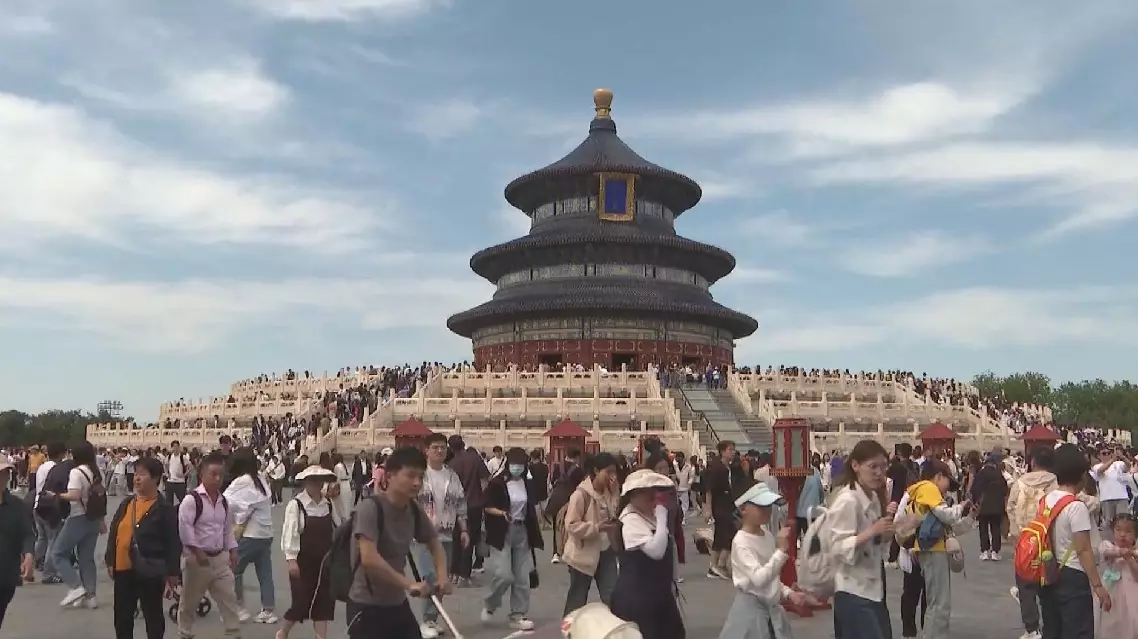
China's domestic travel market sees strong growth in 2024
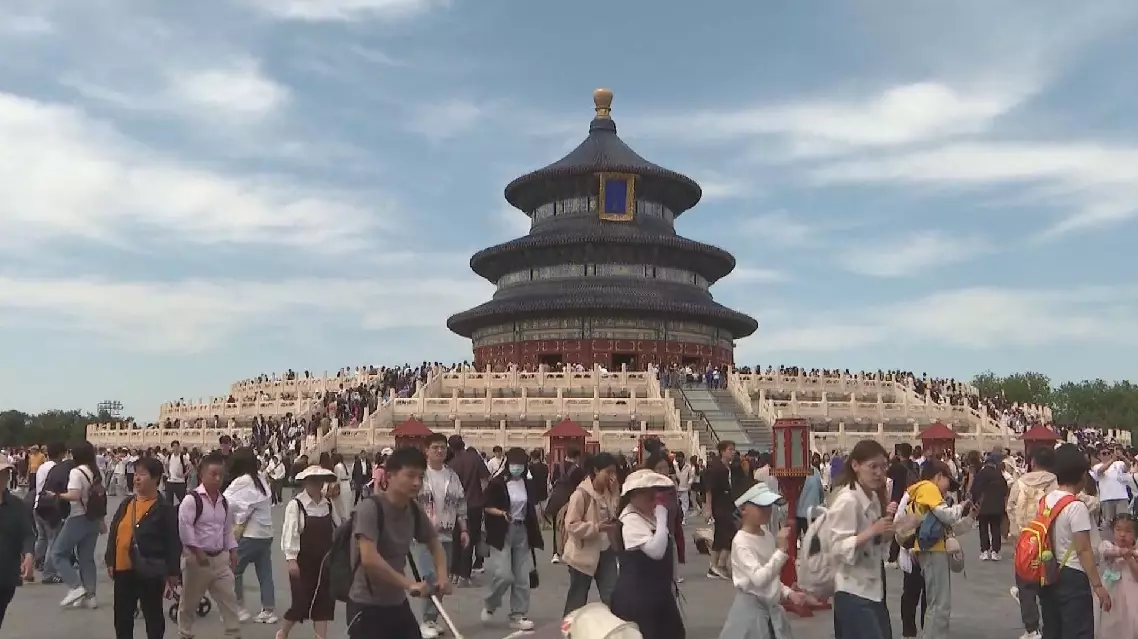
China's domestic travel market sees strong growth in 2024
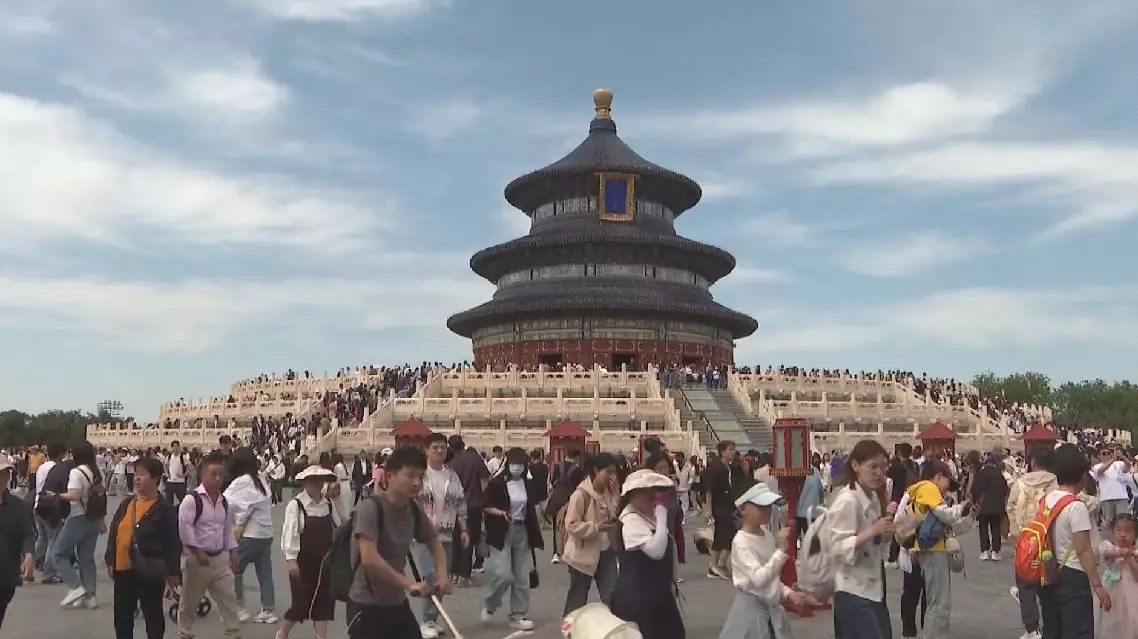
China's domestic travel market sees strong growth in 2024
Bishan District in southwest China’s Chongqing Municipality is setting a new benchmark in urban drainage through its innovative "sponge city" model.
Bishan District was selected in February 2017 as a pilot for climate adaptation, and has developed itself into a sponge city.
By utilizing permeable bricks, the ground is enabled to absorb water more effectively, enhancing natural infiltration. In addition, rain gardens function as natural reservoirs, while school rooftops have been transformed into verdant green spaces.
Overall, this innovative approach not only helps mitigate urban flooding, but also contributes to improving the local microclimate -- an exemplary model of ecological urban development.
"What is a 'sponge city'? It's an urban development concept that treats the city like a giant sponge -- absorbing water when it rains and releasing it when needed. The system is highly flexible," said Tang Chuandong, a planning designer of the Western Branch of the China Academy of Urban Planning and Design.
Over the recent years, Bishan District has developed mini sponge systems.
"Solid buildings and hard ground aren't very adaptable when it comes to climate change. For that reason, we incorporated sunken areas into industrial park designs to create rain gardens -- mini ecological sponge systems," Tang said.
When it rains, water is collected in these gardens and is filtered through vegetation, soil and sand layers before being stored in underground tanks. Multiple small sponge systems beneath large buildings help disperse, manage and store rainwater more effectively. Additionally, Bishan District's sponge city initiative has made the ground more permeable.
"We've laid permeable bricks with a certain porosity. This allows rainwater to seep into the ground, thereby reducing surface water buildup," said Tang.
Tang also highlighted the ecological benefits of transforming school rooftops into lush green spaces.
"Typical rooftops are just bare concrete. But when building a sponge city, like here at the school, aside from the greenery around us, we also green the rooftop. The area most exposed to sunlight is our rooftop, right? We turned the roof into a green sponge system by laying down soil, scattering seeds, and growing grass. It's like giving the rooftop a 'green jacket'. Doesn't it feel cooler?" he said.
"Don't underestimate the small green roof. As the Chinese saying goes, 'No good deed is too small to be done.' One roof may have limited impact, but if many buildings, or an entire city, adopt green roofs, the effect on urban climate regulation could be extremely substantial," said Tang.
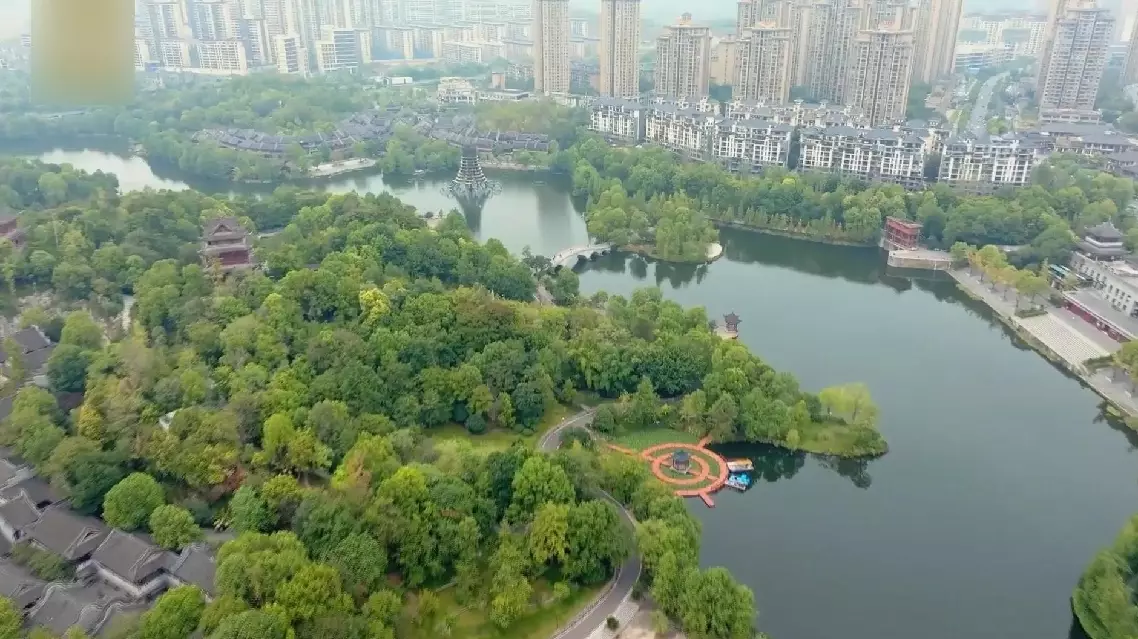
China's Chongqing innovates urban drainage with "sponge city" model







